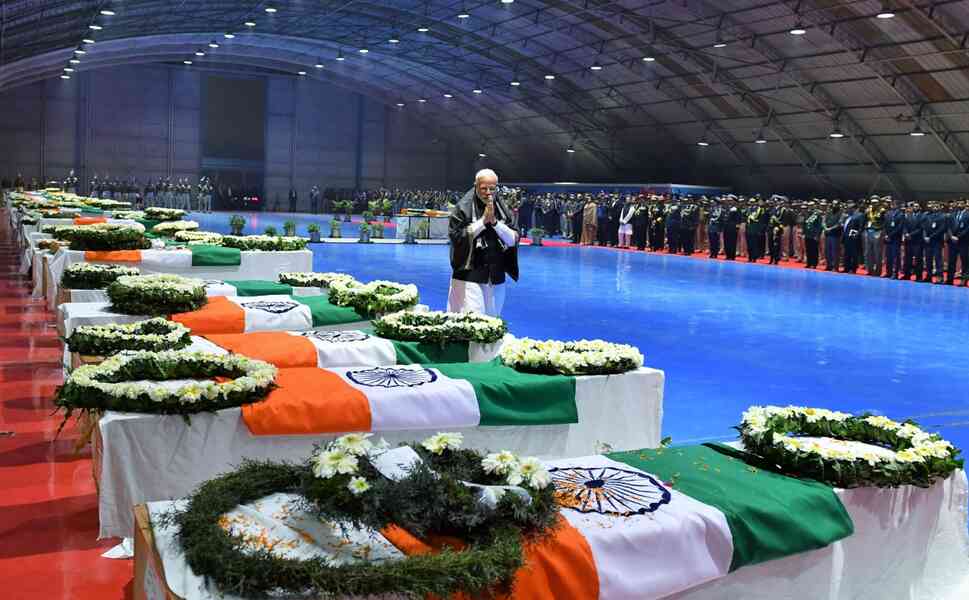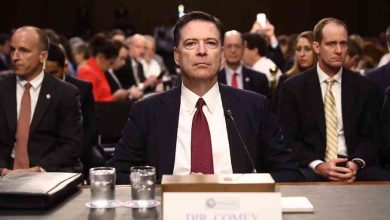Kashmir Attack Ignites India-Pakistan Crisis
A deadly assault in Pahalgam unravels decades of fragile peace, pushing nuclear-armed rivals to the brink.

Chaos in the Himalayas
On April 22, 2025, gunmen opened fire on tourists in Pahalgam, a scenic resort town in Indian-administered Kashmir. The attack, one of the deadliest in decades, killed 26 people—24 Indian tourists, one Nepali national, and a local guide. Seventeen others were wounded. The assault targeted Baisaran, a meadow dubbed “mini-Switzerland,” shattering the illusion of calm in a region long plagued by conflict. Indian authorities called it a “terrorist attack,” with survivors reporting militants demanded victims recite Islamic verses before executing those who couldn’t.
The Resistance Front (TRF), a shadowy group linked to Pakistan-based Lashkar-e-Taiba, claimed responsibility via social media, protesting the settlement of over 85,000 “outsiders” in Kashmir. Indian security forces launched a massive manhunt, fanning out across the region with tens of thousands of troops and police. Checkpoints sprang up overnight, and businesses shuttered in protest.
India Points the Finger
Within hours, India’s government, led by Prime Minister Narendra Modi, pinned the attack on Pakistan. Modi, who cut short a trip to Saudi Arabia, vowed to pursue the perpetrators “to the ends of the Earth.” India’s Foreign Secretary, Vikram Misri, cited “cross-border linkages” uncovered in a Cabinet Committee on Security meeting on April 23. No specific evidence was publicly shared, but the accusations fueled a swift escalation.
By April 24, India announced punishing measures: closing the Attari-Wagah border crossing, expelling Pakistani military advisers from Delhi, and suspending the 1960 Indus Waters Treaty, a World Bank-brokered agreement critical to Pakistan’s irrigation systems. The treaty, which survived three wars, was halted until Pakistan “credibly abjures” support for terrorism, per Misri. India also downgraded diplomatic ties, reducing Pakistan’s embassy staff from 55 to 30 and barring Pakistani citizens from visa exemptions.

Pakistan’s Defiant Response
Pakistan denied any role in the attack, with its Foreign Ministry expressing condolences and concern for the victims. Islamabad called India’s actions a pretext to evade treaty obligations. On April 24, Pakistan’s Defense Minister, Khawaja Mohammad, accused India of exploiting the attack for political gain. Pakistan scheduled a National Security Committee meeting for April 24 to formulate a response, signaling a measured but firm stance.
Posts on X from verified accounts like @Reuters reflected the global alarm: “India announced a raft of measures to downgrade its ties with Pakistan after an attack on tourists in Kashmir.” The platform buzzed with concern over potential military escalation, with users noting the nuclear capabilities of both nations.
A History of Bloodshed
Kashmir, divided between India and Pakistan since their 1947 partition, remains a volatile flashpoint. Both nations claim the region in full, fighting two wars and a limited conflict over it. India’s 2019 revocation of Kashmir’s semi-autonomy, stripping its special status under Article 370, intensified tensions. Pakistan halted trade, expelled India’s envoy, and banned Indian films in retaliation. Violence tapered off in recent years, but incidents persist. A June 2024 attack on Hindu pilgrims killed nine, and a 2019 suicide bombing in Pulwama claimed 46 soldiers, prompting Indian airstrikes on Pakistan.
Pahalgam’s attack marks a grim milestone—the worst on civilians since 2000, when 35 were killed in a southern Kashmir village. India’s 500,000 troops in the region, one of the world’s most militarized zones, underscore the stakes. The TRF, emerging post-2019, has been labeled a terrorist group by India for its role in recruitment, smuggling, and attacks.
Global Eyes on the Crisis
World leaders reacted swiftly. European Commission President Ursula von der Leyen called the attack a “vile terrorist act,” while Russian President Vladimir Putin offered condolences for the “brutal crime.” The U.S. updated its travel advisory, urging citizens to avoid areas within 10 kilometers of the India-Pakistan border due to “potential armed conflict.” The advisory highlighted risks in Srinagar, Gulmarg, and Pahalgam, reflecting heightened global concern.
Analysts warn of a dangerous escalation. Pakistani security expert Syed Muhammad Ali told The New York Times that India’s response could surpass the 2019 Balakot airstrikes, which followed the Pulwama attack. “Indian escalation began last night and it will be at a bigger scale,” he said. The 2002 crisis, when a terrorist attack on India’s parliament nearly triggered war, looms as a cautionary tale. The U.S. played a key role in de-escalation then, but today’s geopolitical dynamics—strained by U.S.-India trade tensions—complicate intervention.
What It Means Now
The immediate fallout is stark. India’s suspension of the Indus Waters Treaty threatens Pakistan’s agriculture, which relies on rivers like the Indus, Jhelum, and Chenab. Millions could face water shortages, escalating humanitarian concerns. The border closure and diplomatic expulsions deepen the rift, with Pakistan’s National Security Committee meeting poised to counter India’s moves. In Kashmir, security forces remain on high alert, with police offering rewards for information on three suspected militants.
Economically, India’s actions signal a hardline stance, potentially deterring tourism in Kashmir, which saw 3.5 million visitors in 2024. Protests erupted outside Pakistan’s High Commission in Delhi, and the withholding of Pakistan’s official X account in India reflects the information war. Bollywood’s decision to shelve a film starring Pakistani actor Fawad Khan underscores cultural fallout. Politically, Modi’s all-party meeting on April 24 aims to unify India’s response, but critics like the Shiv Sena argue violence persists despite claims of stability post-Article 370.
The risk of military action looms. India’s past cross-border strikes in 2016 and 2019 set a precedent, but analysts like Praveen Donthi of the International Crisis Group warn that framing Kashmir as a Pakistan-backed security crisis limits Modi’s options. A miscalculation could spiral, given both nations’ nuclear arsenals. The international community, wary of a repeat of the 2002 standoff, watches closely.
Voices from the Ground
Witnesses described scenes of horror in Pahalgam. One survivor, speaking to NDTV, recounted, “It was a nightmare. We thought it was a honeymoon, not a death trap.” Families mourned as coffins arrived across India, with emotional scenes reported in villages like Hapatnar, 13 miles from Pahalgam. The Jammu and Kashmir government announced Rs 10 lakh ($11,900) for each deceased’s family, Rs 2 lakh for the seriously injured, and Rs 1 lakh for others.
On X, verified accounts like @BBCBreaking posted: “India closes main border crossing with Pakistan after Kashmir attack.” The platform captured public outrage, with hashtags like #PahalgamAttack trending. Users demanded justice, while others feared a broader conflict. The sentiment reflects a region on edge, with Kashmir’s residents bracing for more violence.
A Ticking Clock
As April 24 unfolds, the world holds its breath. India’s retaliatory measures—diplomatic, economic, and symbolic—signal a new chapter in its rivalry with Pakistan. Modi’s vow to hunt down the attackers resonates, but the path forward is fraught. Kashmir, a land of breathtaking beauty, remains a crucible of conflict. The Pahalgam attack, with its 26 lives lost, has reignited a feud that could reshape South Asia. Stay sharp with Ongoing Now 24.





